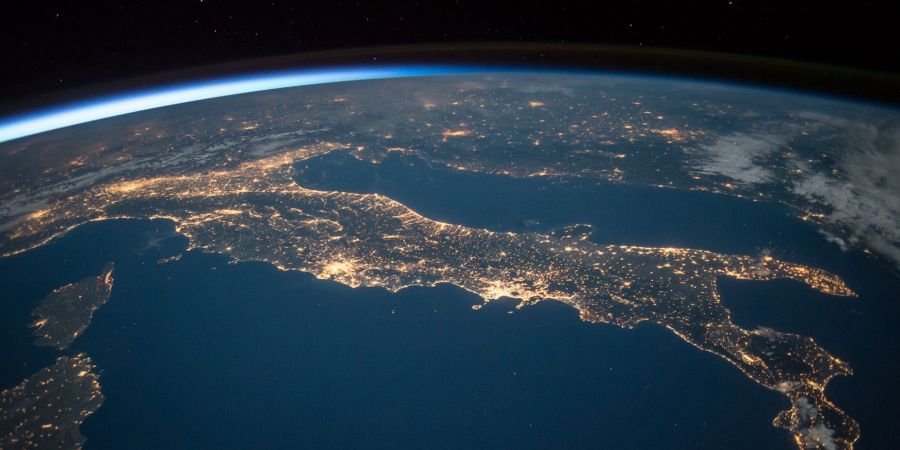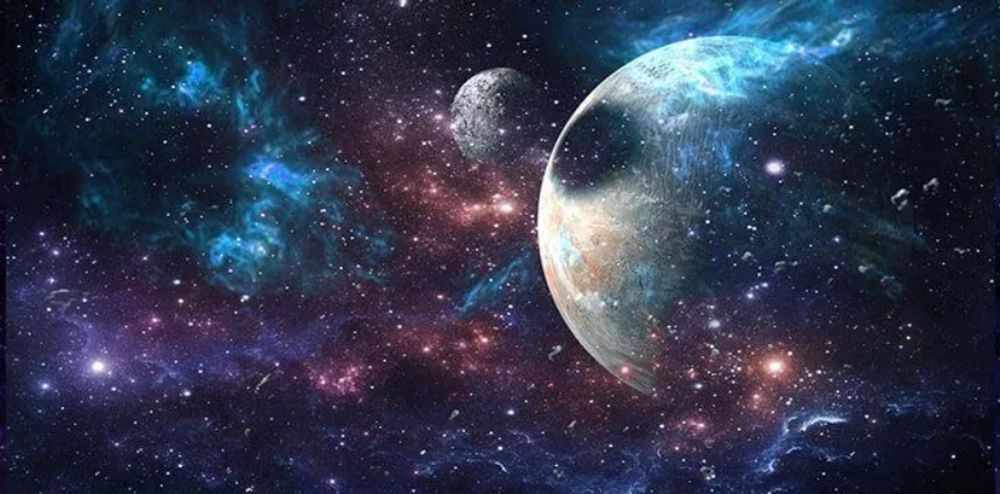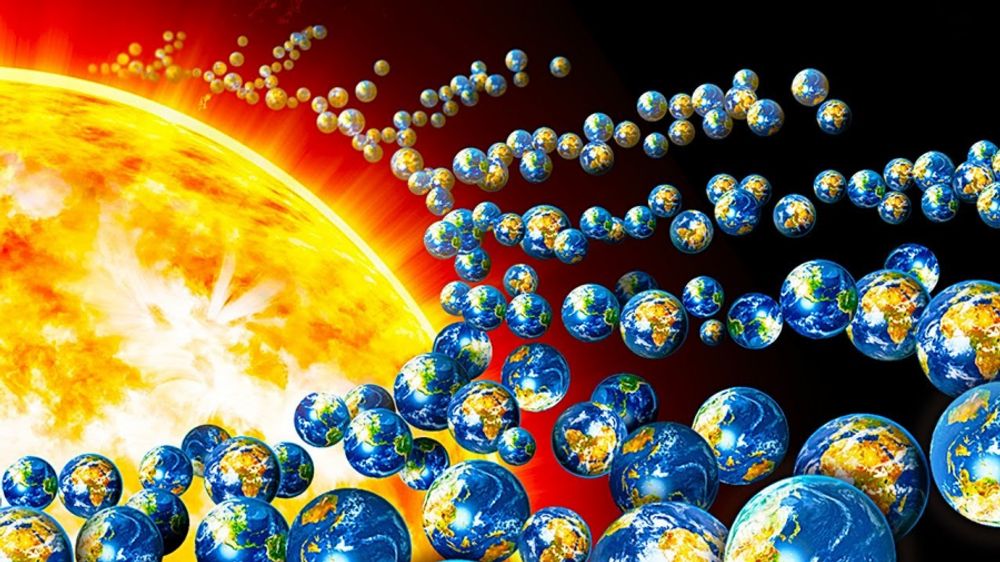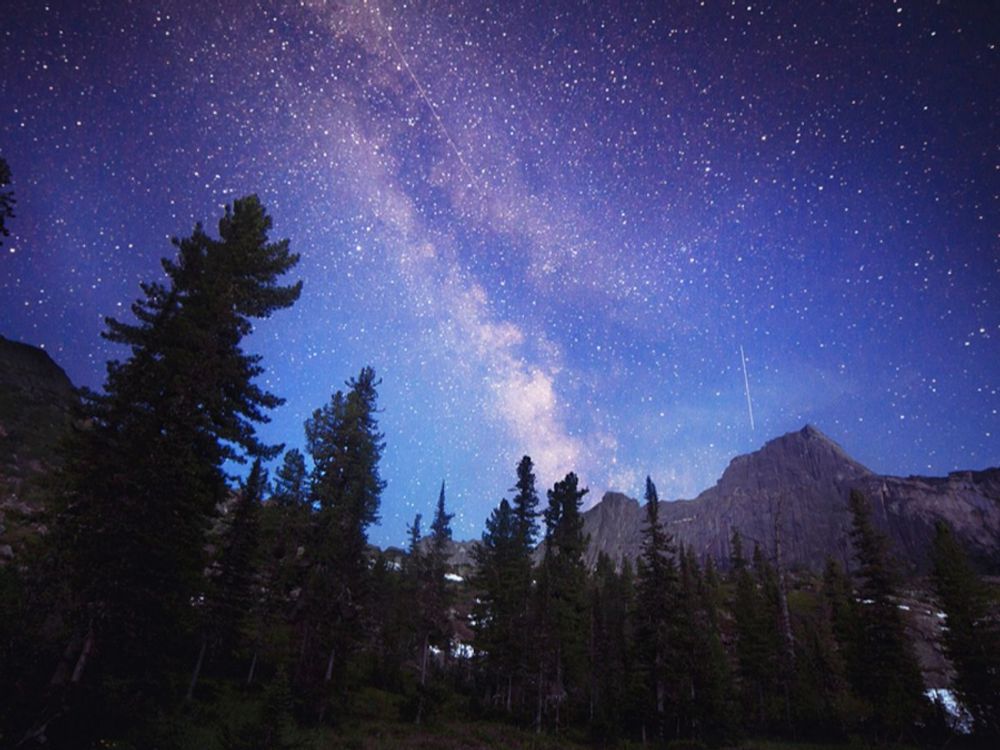

1. SPACE IS Totally Quiet
There is no air in space, and that implies that sound has no medium or method for heading out to be heard.

2. THE Most sizzling PLANET IN OUR Nearby planet group IS 450° C.
Venus is the most sizzling planet in the nearby planet group and has a typical surface temperature of around 450° C. Did you had any idea that Venus isn't the nearest planet to the sun? That is Mercury. You would feel that Mercury would then be the most blazing, yet Mercury has no air (which directs temperature), bringing about huge vacillations.

3. THE SUN'S MASS TAKES UP 99.86% OF THE Planetary group.
The Sun represents 99.86% of the mass in our planetary group with a mass of multiple times that of Earth. Did you had any idea that the Sun is comprised of generally hydrogen (3/4 worth) with the remainder of its mass credited to helium. Assuming that the Sun had a voice could it be high and noisy from all that helium?

4. 1,000,000 EARTHS CAN FIT INSIDE THE SUN
The Sun is huge enough that around 1.3 million Earths could fit inside (in the event that crushed in) or on the other hand assuming the Earths held their circular shape 960,000 would fit. Yet, could you at any point imagine that number of Earths?

5.THERE ARE A larger number of TREES ON EARTH THAN STARS IN THE Smooth Manner
There are around three trillion trees on Planet Earth, and between 100-400 billion stars, roughly, in the system.

6. THE Dusk ON MARS Seems BLUE
Similarly as varieties are made more emotional in dusks on The planet, nightfalls on Mars, as per NASA, would seem somewhat blue to human spectators watching from the red planet. Fine residue makes the blue close to the Sun's important for the sky considerably more visibilke, while typical light makes the Red Planet's natural corroded dust tone the most discernible to the natural eye.

7. ONE DAY ON VENUS IS LONGER THAN ONE YEAR.
Venus has a sluggish hub pivot which requires 243 Earth days to finish its day. The circle of Venus around the Sun is 225 Earth days, making a year on Venus 18 days under a day on Venus.

8. THERE ARE A greater number of STARS IN THE UNIVERSE THAN GRAINS OF SANDS ON The planet
The universe stretches out a long ways past our own world, The Smooth Way, which is the reason researchers can gauge the number of stars that are in space. Notwithstanding, researchers gauge the universe contains roughly 1,000,000,000,000,000,000,000,000 stars, or a septillion. While nobody can really count each and every grain of sand on the earth, the assessed complete from analysts at the College of Hawaii, is somewhere near seven quintillion, 500 quadrillion grains. That is a terribly enormous sand palace!
